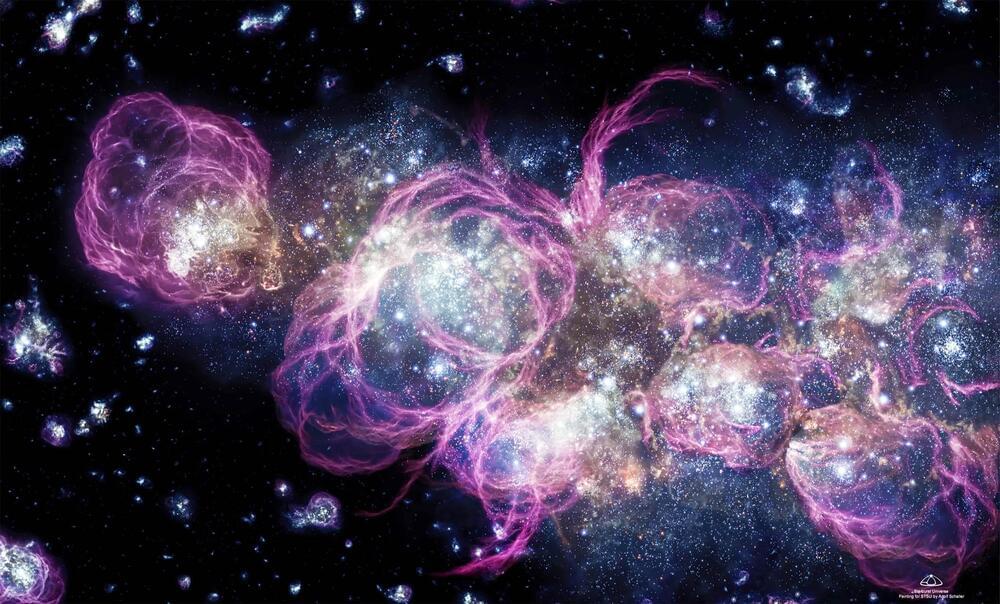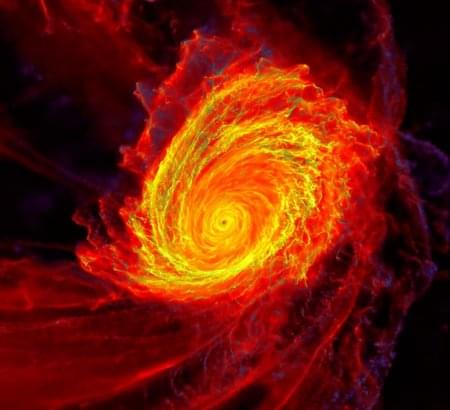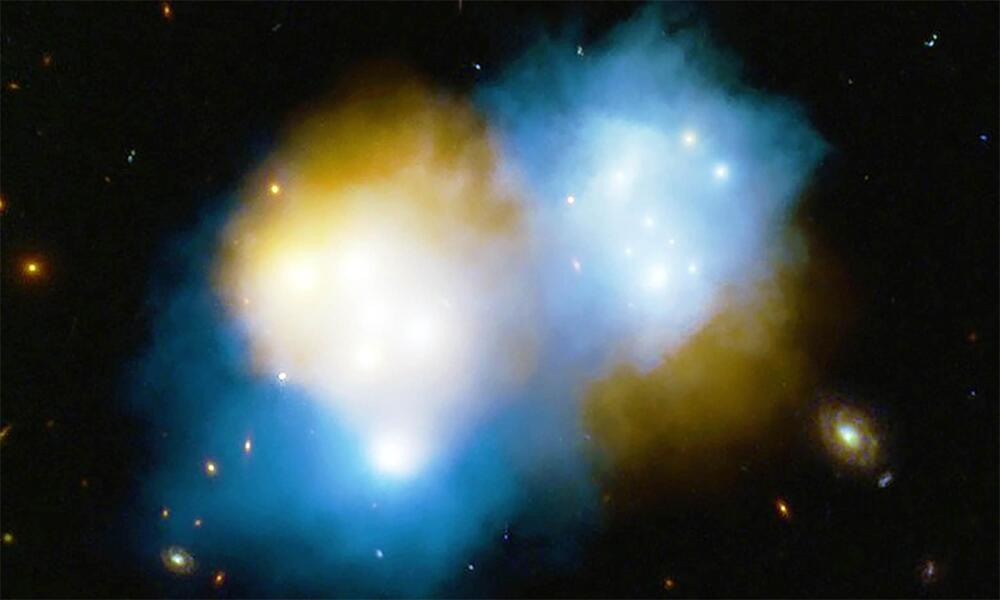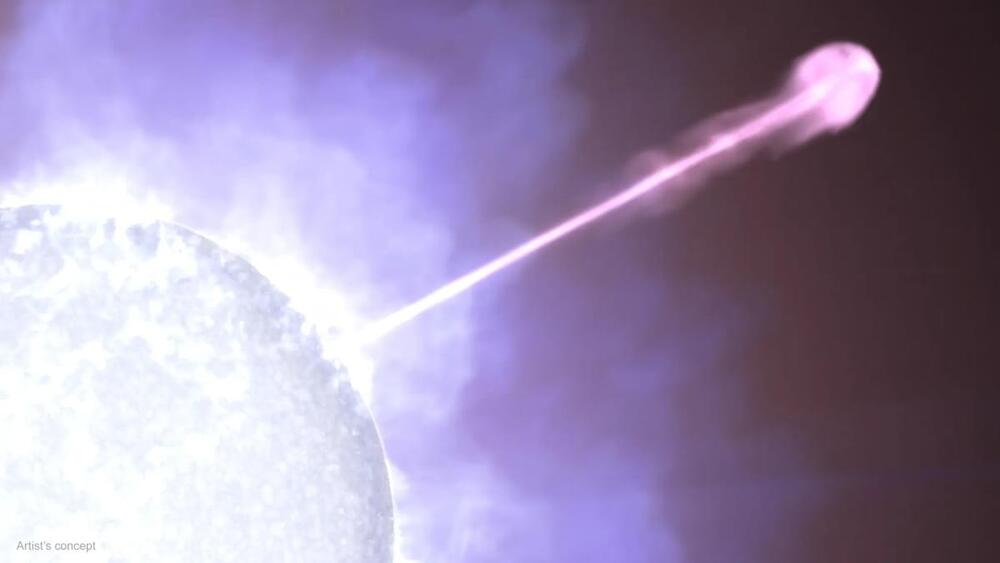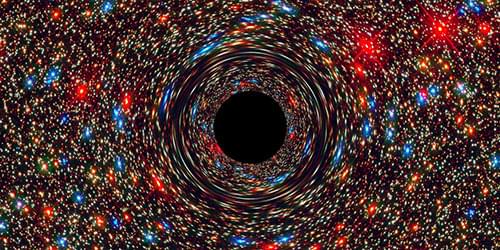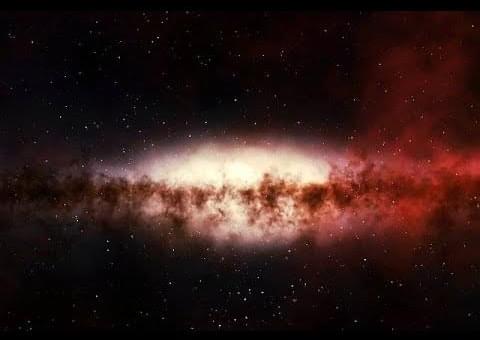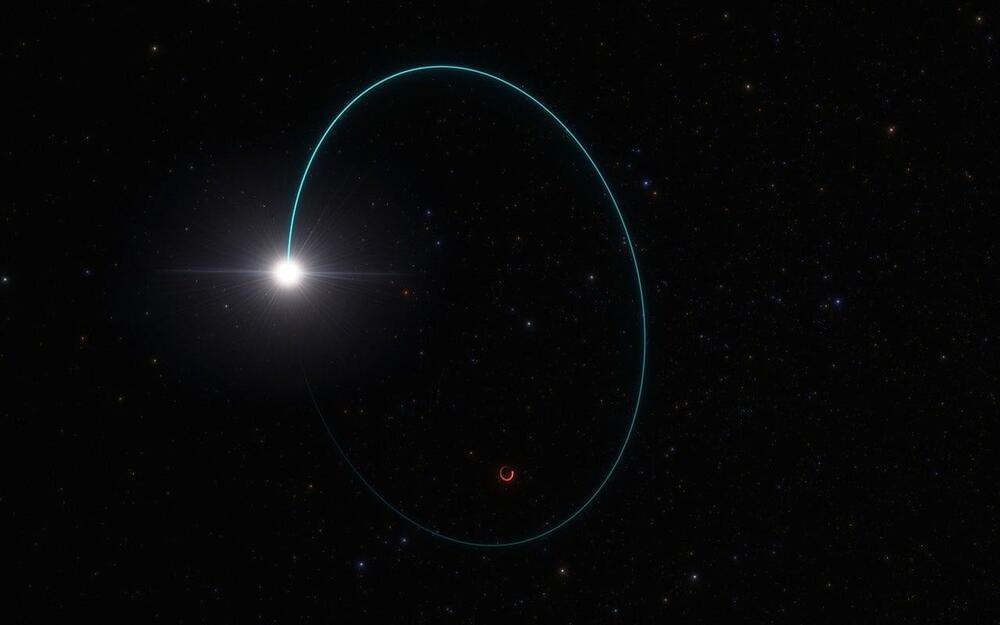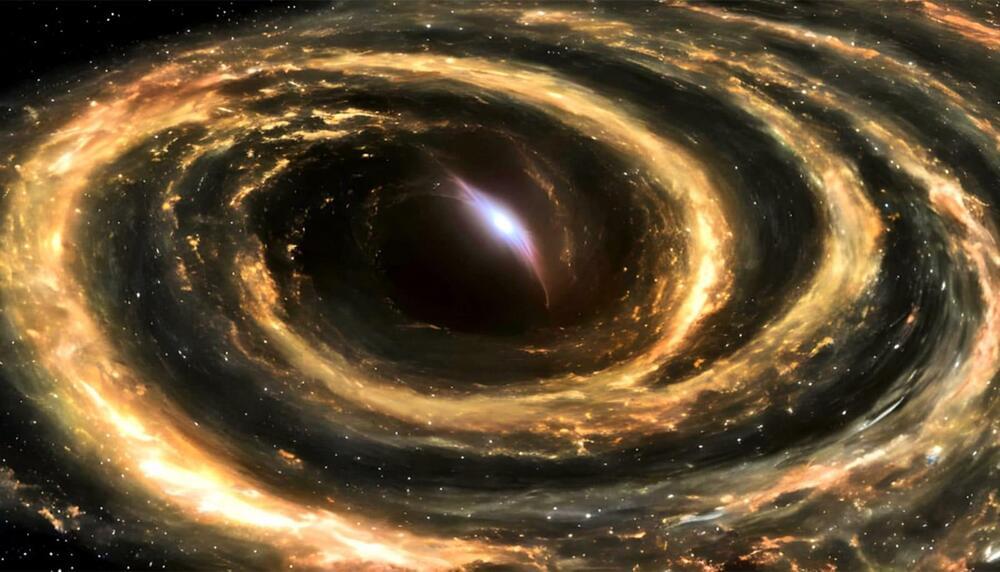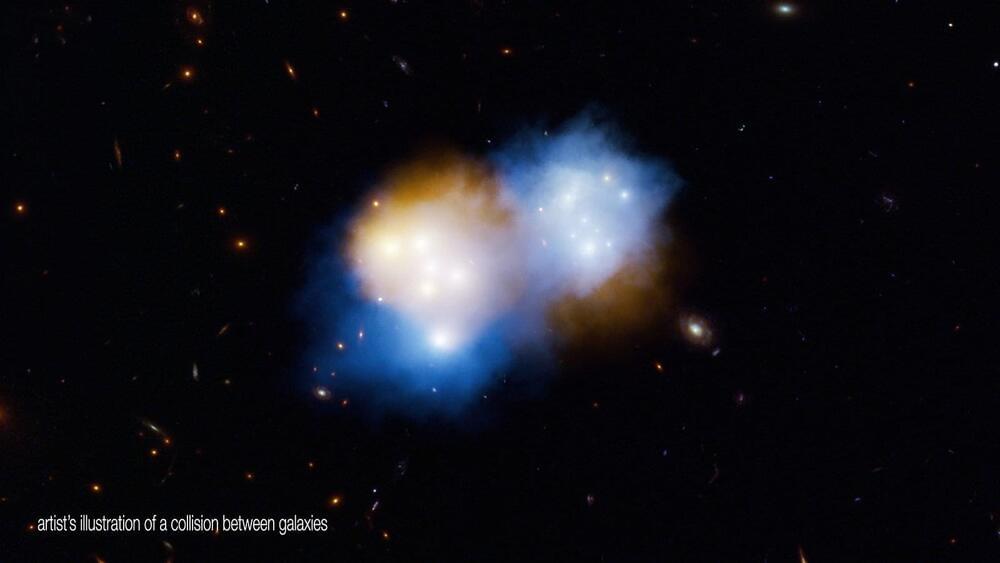Jul 29, 2024
During the cosmic dawn, space wasn’t as empty as it seems today
Posted by Genevieve Klien in categories: cosmology, time travel
Have you ever wondered what the universe looked like after the Big Bang when it was still in its infancy, a mere billion years old? With NASA’s new Nancy Grace Roman Space Telescope, we’re about to get a glimpse of the cosmic dawn.
This cosmic time machine is set to explore an era known as the cosmic dawn, a significant transition when the universe went from a foggy opacity to the stunning, star-filled expanse we observe today.
Behind this ambitious project is the esteemed astrophysicist Michelle Thaller from NASA’s Goddard Space Flight Center in Greenbelt, Maryland.
